
 3
3




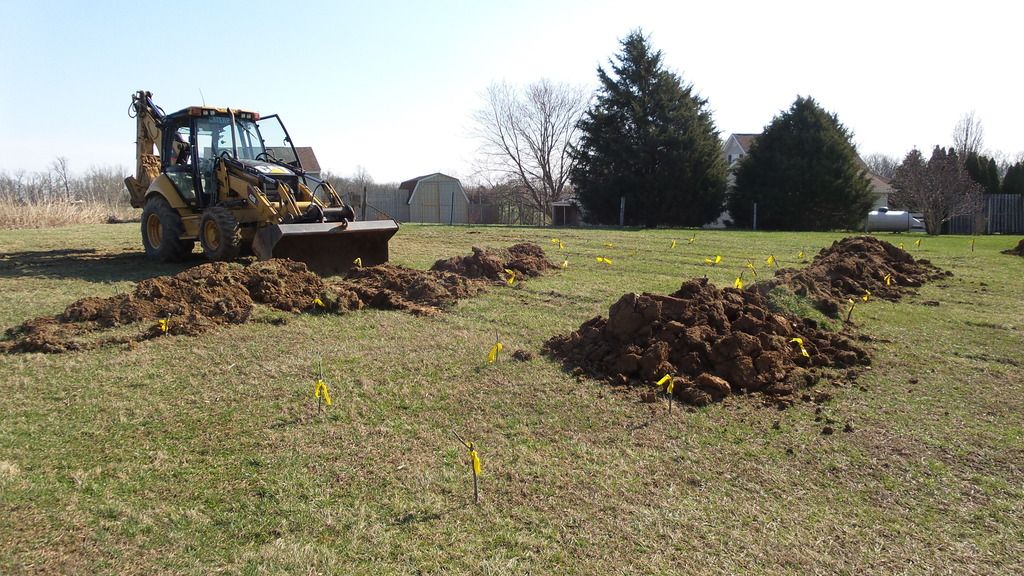
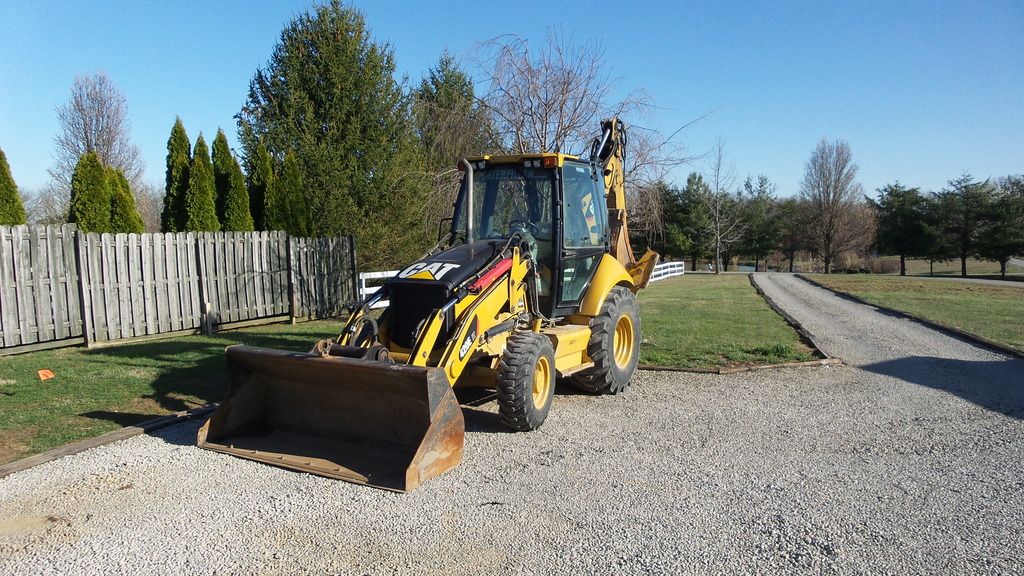
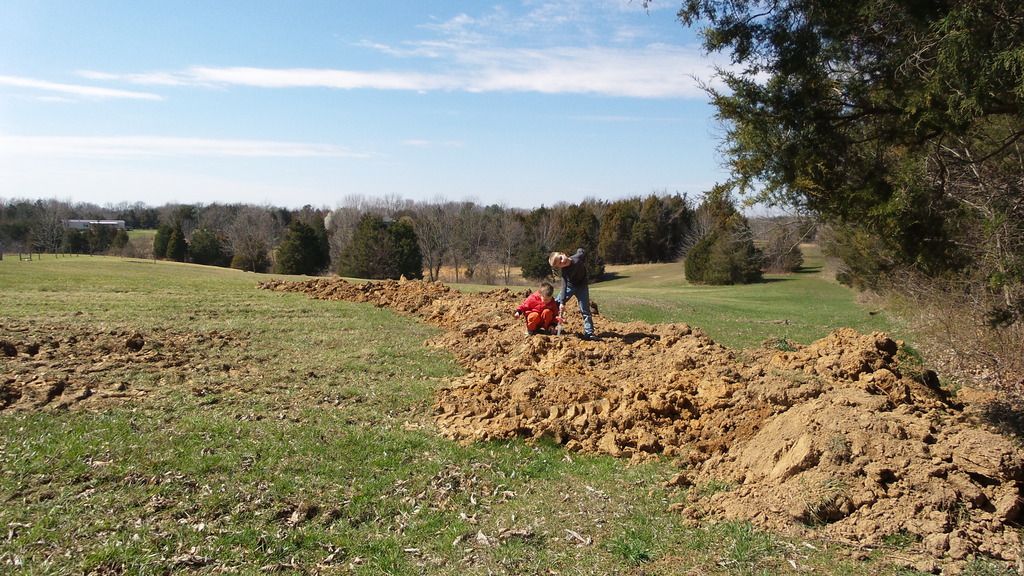
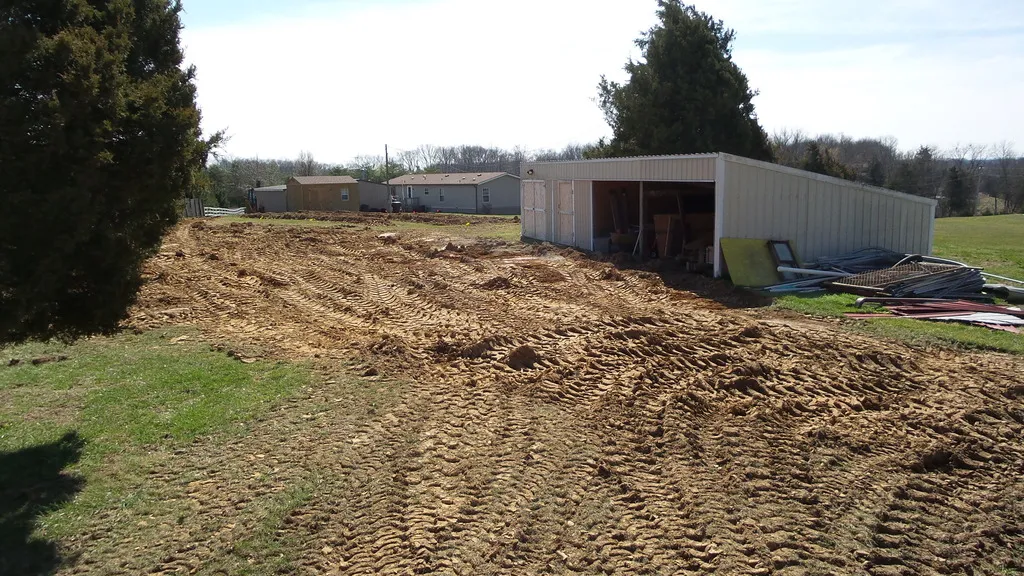
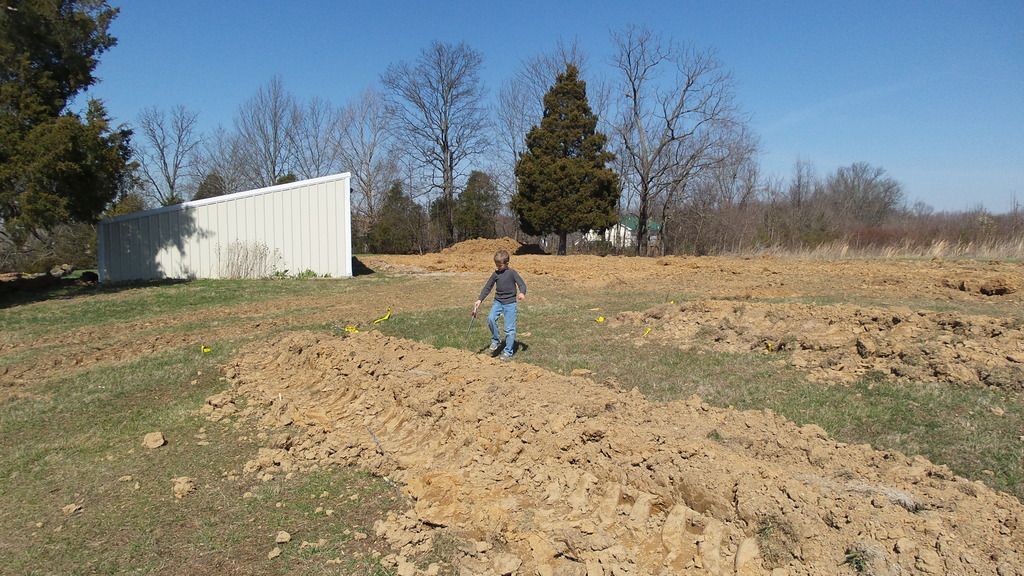

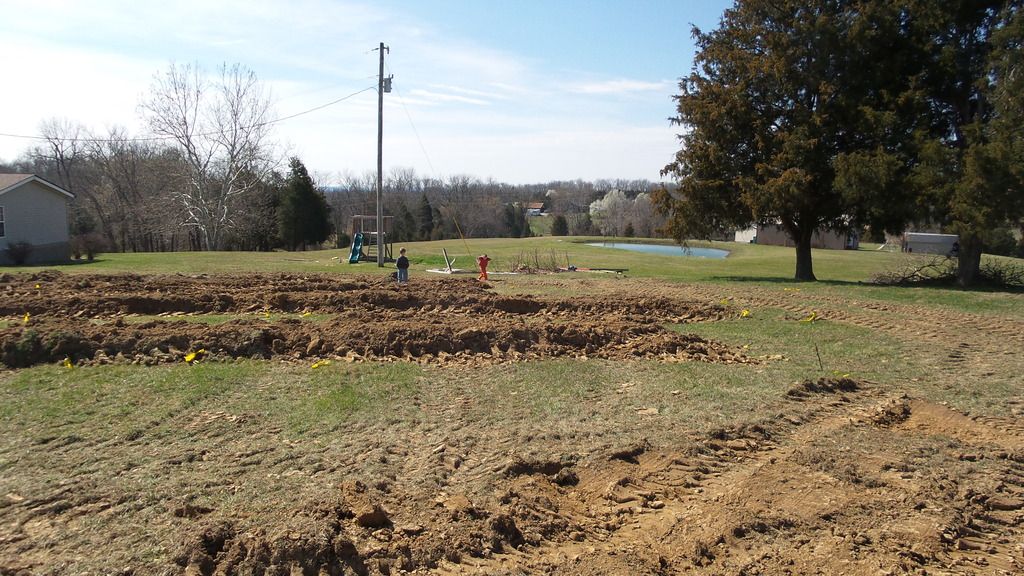
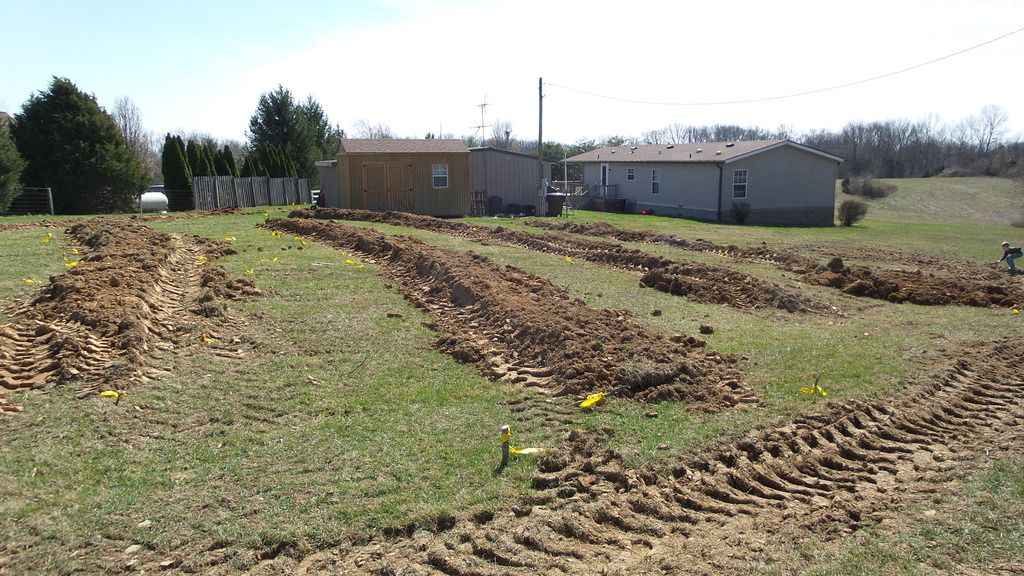
The Enemy of progress is the hope of a perfect plan

 1
1




List of Bryant RedHawk's Epic Soil Series Threads We love visitors, that's why we live in a secluded cabin deep in the woods. "Buzzard's Roost (Asnikiye Heca) Farm." Promoting permaculture to save our planet.
 1
1




Bryant RedHawk wrote:Very nice start there Ray, I can't wait to see more progress. Don't forget the trees that go on the down hill side of the berms, get those in fast so they are growing up while you do the rest of the planting.
I'd plant every other one with trees so you are creating alleys for other crops to grow in, just doing that and letting the post harvest material rot in place will do wonders for your soil.
Soil building is very easy, and can wait till you have the other parts in place since it doesn't take long to get soil going strong.
Redhawk
The Enemy of progress is the hope of a perfect plan




Ray Cecil wrote:
Bryant RedHawk wrote:VWe have a high wind issue due to prevailing winds and orientation of the valleys surrounding. I've ordered 400 saplings from the department of natural resources! The prevailing winds are coming from the opposite side of the property (west to east direction of wind). So the west side of the property is getting reforested to help break up the wind. The property is wide enough I may have to put in two rows of trees to avoid any turbulence on the east side of the wind breaks.
Sounds just like our place....that pic where you've moved the top soil also resonates with us....we're in the middle of a LOT of work depending on the weather. Anyhow the wind....good luck with that, watching with much interest! We're putting hugels up as wind breaks as we're on top of a hill.
Regarding the swales/berms - are you going to plant soil improvers where first and then think about perennials etc later, or are you just going to throw it all in at the same time? Something I'm struggling with, I think my preference is to plant green manures for a few years first and then put in perennials once the soil is better. Interested to get your thoughts on how you're managing that?
"What is worth knowing, is difficult to learn"












 3
3




List of Bryant RedHawk's Epic Soil Series Threads We love visitors, that's why we live in a secluded cabin deep in the woods. "Buzzard's Roost (Asnikiye Heca) Farm." Promoting permaculture to save our planet.




Bryant RedHawk wrote:hau Peter, the way We do it on Buzzard's Roost is to get a swale built, plant the trees then broadcast a blend of cover crops and perennials along with some food crop seeds like squashes, beans and mellons.
This gives a good soil retention series so that when we come in to chop and drop the cover crop, there are still plants growing along.
In the alley we form we might do an alternating row setup so that there is a row of cover, a row of squash a row of cover a row of beans a row of cover a row of cantaloupe or watermelon.
The faster you can get trees established the sooner they start performing for you.
The faster you get stuff growing on the new bare dirt, the better too.
If you also get food then the effort pays double dividends.
Redhawk
Peter Kalokerinos wrote:
Ray Cecil wrote:
Bryant RedHawk wrote:
Sounds just like our place....that pic where you've moved the top soil also resonates with us....we're in the middle of a LOT of work depending on the weather. Anyhow the wind....good luck with that, watching with much interest! We're putting hugels up as wind breaks as we're on top of a hill.
Regarding the swales/berms - are you going to plant soil improvers where first and then think about perennials etc later, or are you just going to throw it all in at the same time? Something I'm struggling with, I think my preference is to plant green manures for a few years first and then put in perennials once the soil is better. Interested to get your thoughts on how you're managing that?
Hey ya'll, thanks for the comments.
As far as the soil improvements, yes and no. I just bought ten pounds of red clover seed, and 151 varieties of garden veggies and herbs seed from a local farm. (Mozybeau Farm)
Here is a link to the Bucket of Seeds: http://www.mozybeaufarms.com/category-s/1974.htm
The reason I chose them is that they are literally only a 30-45 minute drive from my farm. All their seed is grown and collected there, so I know whatever they are growing, I can grow. Assuming similar soil and micro-climate scenarios, which I am sure will vary some.
So Peter, to answer your question, I am taking the all of the above approach. I am planting a mix of red clover and garden veggies just as Bryant has suggested. A local guy also named "Ray" who runs a Permaculture group on Meetup is giving me a bunch of Comfrey plants as soon as I can go dig'em up. So those will get thrown in. We compost too, so that'll get spread out there. Rome wasn't built in a day, and neither will my soil be. I don't think we need to plant nitro fixers and let it sit for years before we try to grow anything. We will plant it all, and let it evolve. Casualties are to be expected, and lessons learned are to be expected. I'm going in with that in mind. I don't have time to research the perfect plan. The enemy of progress is the dream of a perfect plan, IMHO. YMMV.
I also have about a 1/2 acre area designated to wildflowers. https://permies.com/t/62948/wildflower-field-suggestions
Also, you guys haven't seen but maybe 1/8th of the amount of swales I am building. What you see in the pics will be our experiement first year. The rest will stay covered in clover and wildflowers.
The house is a double wide and is temporary, we are building a log home behind that area I am leveling off. That won't be for another 3 or 4 years though. I want to get the pole barn built first so I have a place to store building materials and work out of.
By the way, my neighbor is selling her 5 acres....anyone want to be my neighbor?
The Enemy of progress is the hope of a perfect plan




The Enemy of progress is the hope of a perfect plan




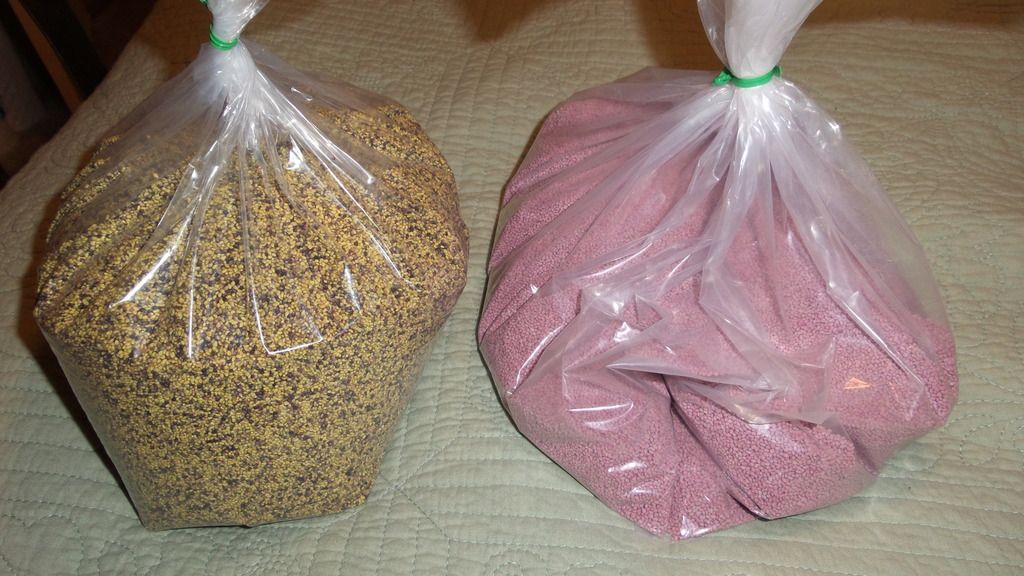
The Enemy of progress is the hope of a perfect plan
















List of Bryant RedHawk's Epic Soil Series Threads We love visitors, that's why we live in a secluded cabin deep in the woods. "Buzzard's Roost (Asnikiye Heca) Farm." Promoting permaculture to save our planet.




Bryant RedHawk wrote:The Pink seed is coated to keep problems of damping off at bay.
Nothing wrong with the seed, just has been treated to have the best chance of sprouting.
Redhawk
The Enemy of progress is the hope of a perfect plan












 1
1




List of Bryant RedHawk's Epic Soil Series Threads We love visitors, that's why we live in a secluded cabin deep in the woods. "Buzzard's Roost (Asnikiye Heca) Farm." Promoting permaculture to save our planet.




Bryant RedHawk wrote:hau Ray, I came to permies to be as much help as possible.
We have lots of folks here with lots of experience and knowledge for all to draw upon and we love to be of help.
Do take advantage of what this site has to offer, and if you need to you can purple moosage me.
Redhawk
The Enemy of progress is the hope of a perfect plan
















List of Bryant RedHawk's Epic Soil Series Threads We love visitors, that's why we live in a secluded cabin deep in the woods. "Buzzard's Roost (Asnikiye Heca) Farm." Promoting permaculture to save our planet.
 1
1




Ray Cecil wrote:I'm a noob....if you couldn't tell. This farm project is actually the product of several years of planning and struggling to get here. We've finally got here, so now comes the REAL learning part. I've read books, and looked at species lists, and watch all the Geoff Lawton videos, been lurking on Permies....time to get dirty and actually gain the experience and hands on knowledge!




Bryant RedHawk wrote:hau is our (I'm Nakota) way of saying hello.
Redhawk
The Enemy of progress is the hope of a perfect plan
 1
1




Steven Kovacs wrote:
Ray Cecil wrote:I'm a noob....if you couldn't tell. This farm project is actually the product of several years of planning and struggling to get here. We've finally got here, so now comes the REAL learning part. I've read books, and looked at species lists, and watch all the Geoff Lawton videos, been lurking on Permies....time to get dirty and actually gain the experience and hands on knowledge!
Congratulations on making it to this point! You may call yourself a noob but you've got land and are working on it, which is several steps ahead of many of us. So don't sell yourself short! And I hope you'll keep posting about your experiences and efforts going forward, and maybe provide some background as to how you got to this point and what you're hoping to do. This kind of first person account is really valuable to other beginners.
The Enemy of progress is the hope of a perfect plan












 3
3




List of Bryant RedHawk's Epic Soil Series Threads We love visitors, that's why we live in a secluded cabin deep in the woods. "Buzzard's Roost (Asnikiye Heca) Farm." Promoting permaculture to save our planet.
 2
2




The Enemy of progress is the hope of a perfect plan
















List of Bryant RedHawk's Epic Soil Series Threads We love visitors, that's why we live in a secluded cabin deep in the woods. "Buzzard's Roost (Asnikiye Heca) Farm." Promoting permaculture to save our planet.

 1
1




Hans Albert Quistorff, LMT projects on permies Hans Massage Qberry Farm magnet therapy gmail hquistorff




The Enemy of progress is the hope of a perfect plan
 1
1




The Enemy of progress is the hope of a perfect plan












 2
2




List of Bryant RedHawk's Epic Soil Series Threads We love visitors, that's why we live in a secluded cabin deep in the woods. "Buzzard's Roost (Asnikiye Heca) Farm." Promoting permaculture to save our planet.




Bryant RedHawk wrote:When planting "swales" the only thing to remember is that you have 4 areas to plant and each of these are a little different in moisture content. That is one of the beautiful things about swales, microclimates arise.
Above the actual swale you have an alley, this will be not as moist as the actual swale (ditch part).
The swale proper will be a little lower in elevation than the upper alley and it will be wetter, since the purpose is to gather water and spread it out.
The berm, formed by the soil removed to make the swale is the "high ground" a perfect spot for vining plants such as melons.
Behind the berm is the tree space then the next alley. I like a two to three row tree space but that is because I have a steep hill face to deal with so I have terraces where swales don't really work.
To get the most from the system you are putting in, catch ponds (at the end of a swale) help in high runoff times as well as allowing better sheeting action.
If you walk the finished swales, your feet will show you where the best spots for these small catch ponds will be, some might even be away from the ends.
These are actually an important part of the swale system for water management.
When you are planting, look at the conditions those seeds need to do their best, then find that spot in your new swale system and plant them there.
Redhawk
The Enemy of progress is the hope of a perfect plan












 1
1




List of Bryant RedHawk's Epic Soil Series Threads We love visitors, that's why we live in a secluded cabin deep in the woods. "Buzzard's Roost (Asnikiye Heca) Farm." Promoting permaculture to save our planet.




The Enemy of progress is the hope of a perfect plan
















List of Bryant RedHawk's Epic Soil Series Threads We love visitors, that's why we live in a secluded cabin deep in the woods. "Buzzard's Roost (Asnikiye Heca) Farm." Promoting permaculture to save our planet.
 1
1








The Enemy of progress is the hope of a perfect plan




Adam Rust wrote:Howdy neighbor. I also live in Kentucky (up in the northern-most regions, several miles south of Cincinnati). And, like you, I also have been working on a swale project (see pictures below). Moreover, I also keep a backhoe around for my earthwork, though my weapon of choice is the Case 580K. I'm sure my machine and your machine could be friends though.
Anyway, just wanted to say hi and encourage you to keep on truckin' along with your fun homesteading projects. It's a blast.
The Enemy of progress is the hope of a perfect plan








Adam Rust wrote:That's mighty kind of you. I'll keep it in mind. If I'm ever in the Louisville area again, I'll look you up. It sounds like you are collecting a lot of things I'd like to have too. We've only been at our place for 1 year, and haven't collected much yet. So, having a few items from your collection would definitely add a lot of flavor to ours.
Thanks,
Adam
The Enemy of progress is the hope of a perfect plan




The Enemy of progress is the hope of a perfect plan




Ray Cecil wrote:
I also took a cutting from a Weeping Willow. There is a damp spot in the yard 30-40 feet down slope of the septic laterals. I think a willow tree would be nice right there to help firm up that area and provide a shady spot for viewing the 1/2 acre wild flower field. So the cutting is rooting in a pot in the window sill....I wonder how big it will get in 1 season.
Picture to come




Roger Rhodes wrote:
Ray Cecil wrote:
I also took a cutting from a Weeping Willow. There is a damp spot in the yard 30-40 feet down slope of the septic laterals. I think a willow tree would be nice right there to help firm up that area and provide a shady spot for viewing the 1/2 acre wild flower field. So the cutting is rooting in a pot in the window sill....I wonder how big it will get in 1 season.
Picture to come
Your experience may go different than mine, but 30-40 feet from lateral lines is about a mile too close for a weeping willow..... LOL!
The roots on those things are like a moth to a flame when it comes to clogging septic/sewer lines.....
They do serve the purpose you are wanting though.
The Enemy of progress is the hope of a perfect plan








Mike Schroer wrote:Ray,
I don't want to be too critical and maybe it is just the camera angle but are you going to be running run-off water into your storage shed? The pictures look like that may be the case.
Mike
The Enemy of progress is the hope of a perfect plan





|
He was expelled for perverse baking experiments. This tiny ad is a model student:
6 Rocket Builds - 3d Plans - Free Heat Bundle
https://permies.com/t/193434/Rocket-Builds-Plans-Free-Heat
|








